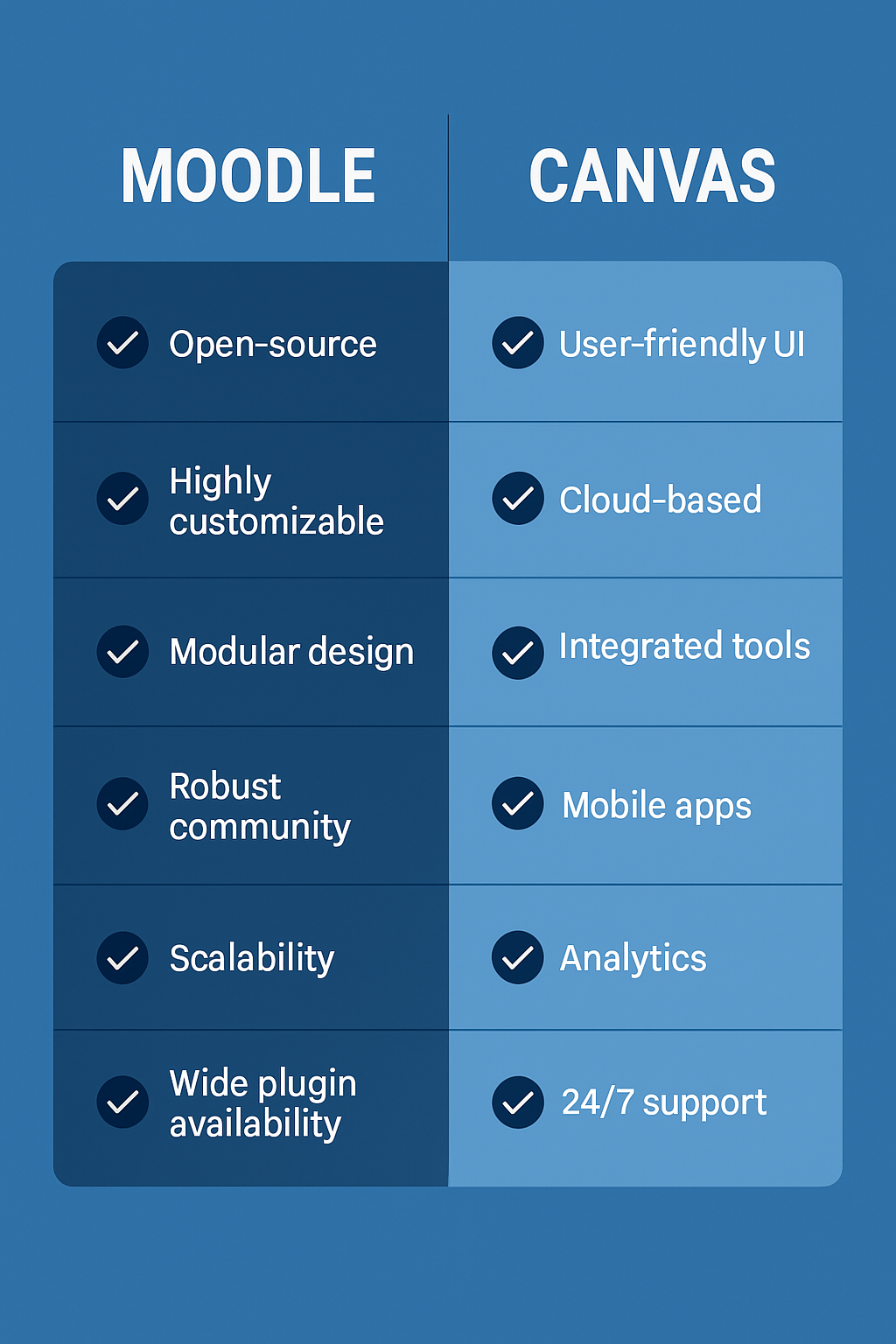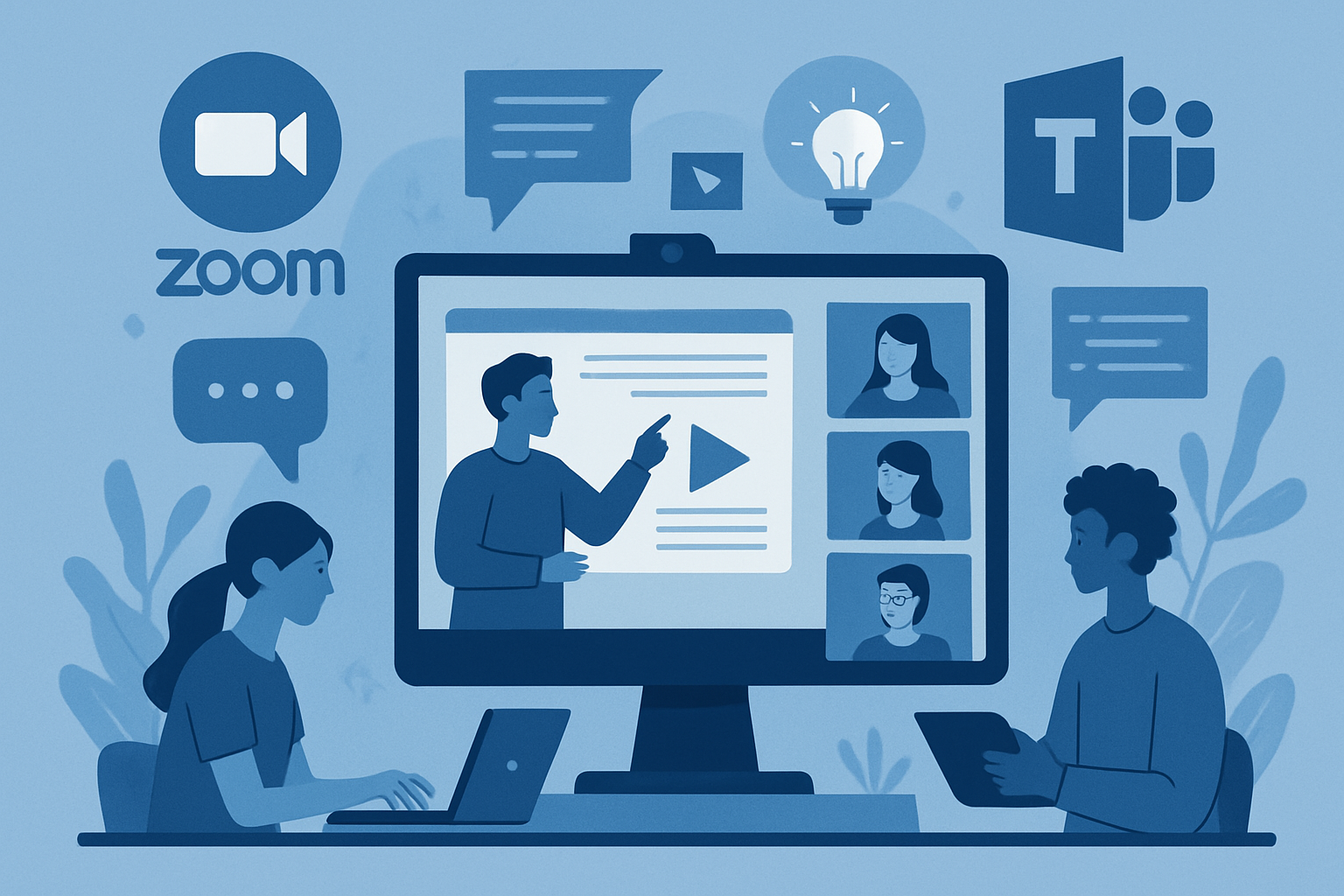Foundations of Distance Education
A comprehensive introduction to distance education principles, technologies, and best practices for undergraduate students.
Get Started
A comprehensive introduction to distance education principles, technologies, and best practices for undergraduate students.
Get Started
Comprehensive coverage of distance education foundations, including theoretical frameworks, technologies, and practical applications.
By the end of this course, students will be able to:
Multiple assessment strategies to evaluate learning:
Distance education is a teaching and learning methodology where there is a two-way educational communication between instructor and learners that occurs non-contiguously across space and/or time.
"The premise of distance education theory is that educational experiences must be designed to foster communication and the construction of knowledge, regardless of the separation of teacher and learner."
— Randy Garrison
First generation based on printed materials delivered by mail
Second generation utilizing radio and television broadcasts
Institutional approach to distance education at scale
Internet-based learning and interactive technologies
Emphasizes learner independence and the teaching-learning relationship
Views distance education through industrial production principles
Focuses on guided didactic conversation between teacher and learner
Describes elements essential to successful online learning experiences
Real-time interaction between instructors and learners
Time-independent learning with flexible scheduling
Combination of online and face-to-face instruction
Highly flexible participation options for learners
Platforms for course delivery and management
Real-time interaction tools
Time-independent interaction tools
Open-source LMS
Cloud-based LMS


UCF developed a flexible learning model that allows students to attend courses in person, online synchronously, or online asynchronously.
Activities must directly support intended learning outcomes
Promote cognitive involvement beyond passive consumption
Connect learning to real-world applications and scenarios
Balance difficulty to maintain engagement without overwhelming
Instructor Presence
Regular communication and feedback
Interactive Content
Embedded questions and activities
Community Building
Group projects and discussions
Varied Assessment
Multiple formats and approaches
Design a two-week distance education module on "Introduction to Digital Literacy" for undergraduate students. Include both synchronous and asynchronous components.
Needs Analysis
Identify student characteristics and technical capabilities
Content Organization
Structure topics and sequence learning activities
Technology Selection
Choose appropriate tools for content delivery
Assessment Planning
Design formative and summative assessments
Try designing your own module outline using the template provided in the course materials section.
Complete the following readings before our next class:
Write a 500-word reflection on your personal experience with distance education.
Explore one of the distance education technologies discussed in class and prepare a brief demonstration.